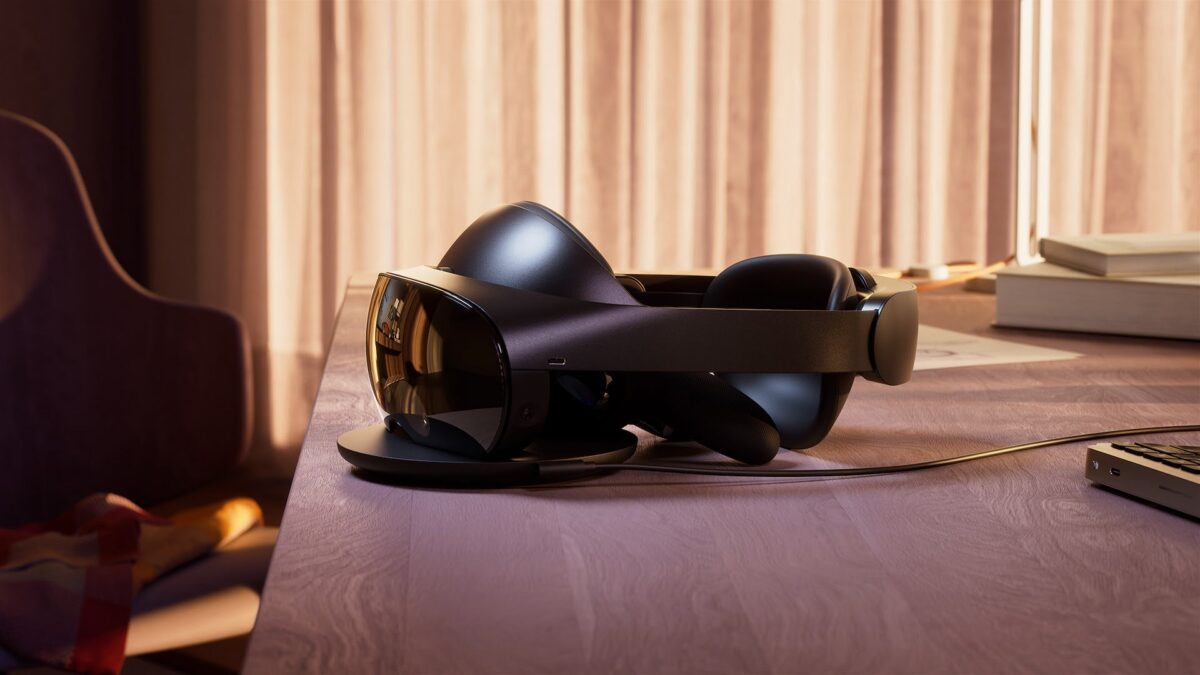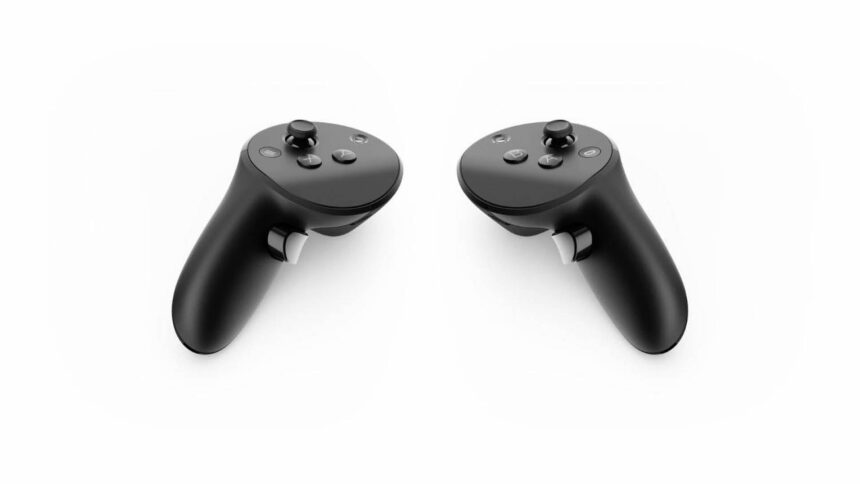Meta Quest Pro: This is Meta's new mixed reality headset

Meta unveiled its new high-end headset, Meta Quest Pro, at Meta Connect 2022. What can the device do, when will it be launched, and how much does it cost?
Meta is launching Meta Quest Pro, a high-end product line aimed at enterprises, professionals, and developers. It complements Meta Quest 2, which Meta markets to consumers.
Instead of gaming, the focus is on productivity and collaboration. Mixed reality headsets could one day become work devices that can replace tablets and laptops, at least that's the vision.
Technically, Meta Quest Pro features high-quality color video passthrough for better mixed reality experiences, sharper visuals, and a slimmer design, while eye and face tracking make avatars appear more natural.
The headset goes on sale Oct. 25, 2022, and costs $1,499. Included are the Meta Quest Pro, the new Meta Quest Touch Pro controllers including stylus attachments, partial light blockers and a charging dock.
The headset can now be pre-ordered from the Meta Store in countries where Quest products are sold.
More computing power, better picture
What are the technical features of Meta's new premium headset? Meta Quest Pro is the first device to use Qualcomm's Snapdragon XR2+. The SoC is optimized for VR and offers 50 percent more computing power than the Snapdragon XR2, which is used in the Meta Quest 2, among others.
The headset also has 12 GB of RAM (twice as much as Meta Quest 2), 256 gigabytes of storage, and 10 high-resolution sensors. Five on the inside, five on the outside.

This is how Meta envisions mixed reality work scenarios of the future. | Image: Meta
Meta has also improved the optics: Meta Quest Pro is the first Meta headset to use pancake lenses. This allows for a 40 percent thinner optical module and a clearer, sharper image.
The dual-LC displays have a resolution of 1,800 by 1,920 pixels per eye, use local dimming and Quantum Dot technology for 75 percent higher contrast and richer colors: Meta speaks of a 1.3 times larger color gamut than on the Meta Quest 2. The image is said to be 25 percent sharper in the center and even 50 percent sharper at the edges.
Better Mixed Reality, new form factor
Passthrough sensors on the outside have four times the resolution of the Meta Quest 2, which should result in a sharper image of the physical environment. Meta promises a more natural and enjoyable viewing experience with better depth and less visual distortion. The improved passthrough mode is supposed to improve social presence, productivity, and collaboration in mixed reality.
Meta Quest Pro is said to be the slimmest and most balanced Meta headset yet, thanks to pancake lenses and a curved battery on the back of the head mount.
Users can adjust the lens spacing between 55 and 75 millimeters for maximum viewing comfort, while also adjusting the distance between the lenses and the eyes. The peripheral field of view is open, but can be shielded with partial or full light blockers. The latter are available separately and will be launched as accessories later this year. A fully immersive VR experience is only possible with the light blockers at the sides and bottom. Otherwise, the light coming in from below is distracting.
New controllers, eye and face tracking and accessories
Another innovation is the Meta Quest Pro controllers, which track spatially on their own thanks to integrated sensors, i.e., even without direct line of sight to the Meta Quest Pro cameras.
The new controllers are more ergonomic, more balanced and offer improved haptics: Meta's new TruTouch Haptics. The input devices and the headset are charged via a charging station, which is included in the package.

The new controllers track themselves and no longer require tracking rings. | Image: Meta
The Meta Quest Pro controllers are compatible with Meta Quest 2 and can be purchased separately later this year for $299.
Last but not least, Meta Quest Pro offers eye and face tracking for more realistic avatars. This is also the first time Meta is introducing this hardware feature.
Eye and face tracking is disabled by default. According to Meta, those who activate and use it do not have to fear any storage or misuse: The collected data is to remain on the headset, will be deleted after processing, and will not be shared with Meta or developers.
Meta has announced the following accessories for Meta Quest Pro, which are also available for pre-order now.
- Meta Quest Pro Compact Charging Dock ($79.99, released October 25): The charging dock charges the Touch Pro controllers and any Meta Quest headset with a USB-C connection. A corresponding adapter is included.
- Meta Quest Pro Full Light Blocker ($49.99, out November 22): A facial interface for full light blocking.
- Meta Quest Pro VR Earphones ($49.99, out October 25): Headphones that help cancel ambient noise and can be plugged in on both sides.
- Meta Quest Pro Carry Case from Incase ($119.95, out October 25): A carry case for Meta Quest Pro and accessories.

An image of the accessories. | Image: Meta
So what happens with Meta Quest 2 now?
The much cheaper VR headset will continue to be sold, maintained with updates, and expanded with new content. Meta Quest Pro supports the entire app library of Meta Quest 2. Conversely, certain VR apps may use features such as gaze and eye tracking that cannot be implemented with Meta Quest 2.
"Eventually, the use cases that catch on with Meta Quest Pro will help inform what features and content we add to our entry-level line of headsets. The two product lines will complement one another, and together they’ll help shape the future of our VR devices as we build toward the metaverse," Meta writes.
The US press has already been able to get a look at Meta Quest Pro. You can find Tested's impressions below. We will update our Meta Quest Pro info article in the coming days.
Note: Links to online stores in articles can be so-called affiliate links. If you buy through this link, MIXED receives a commission from the provider. For you the price does not change.